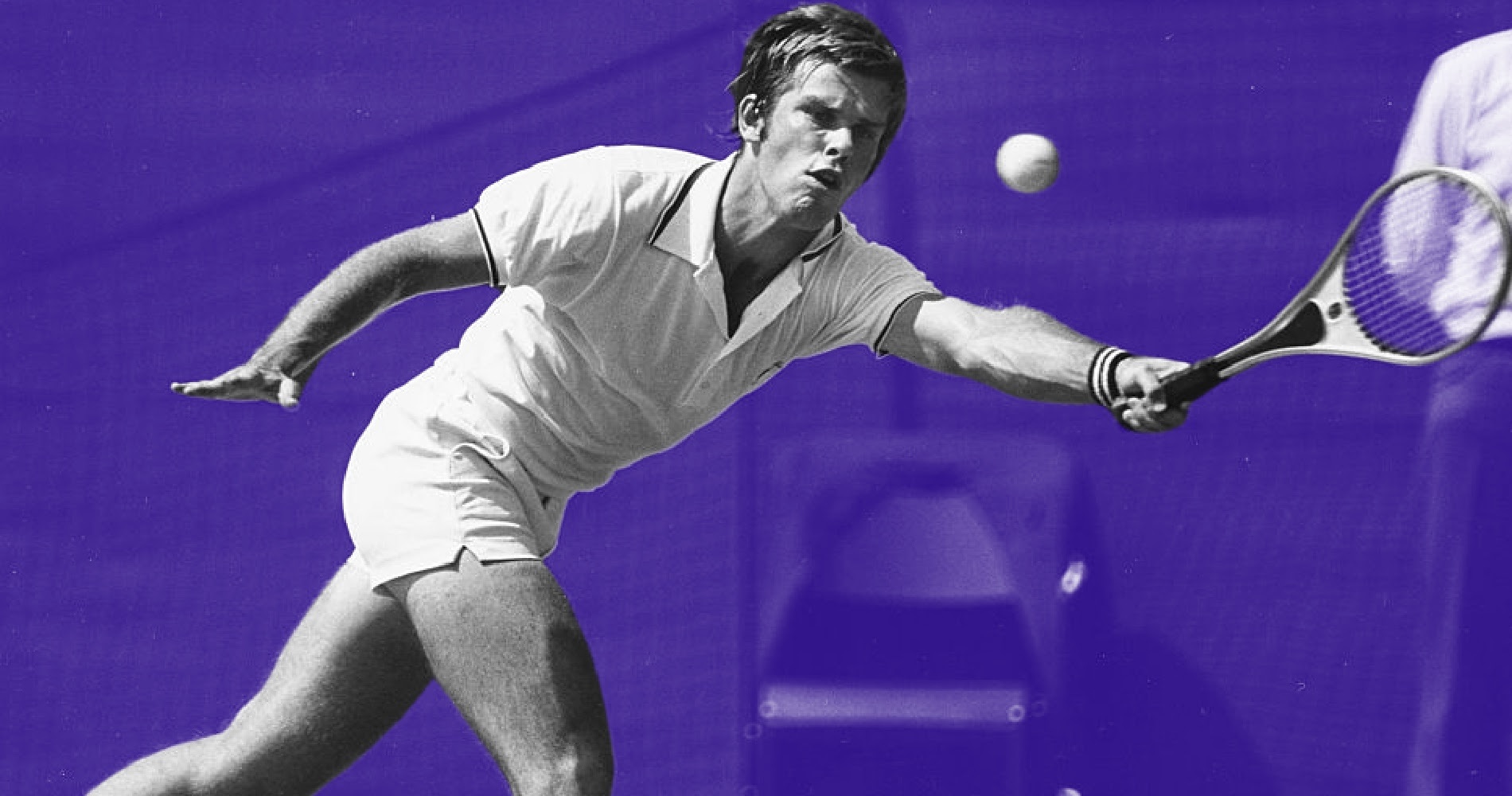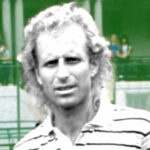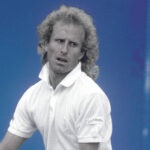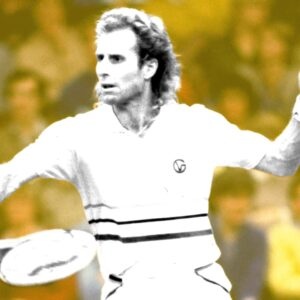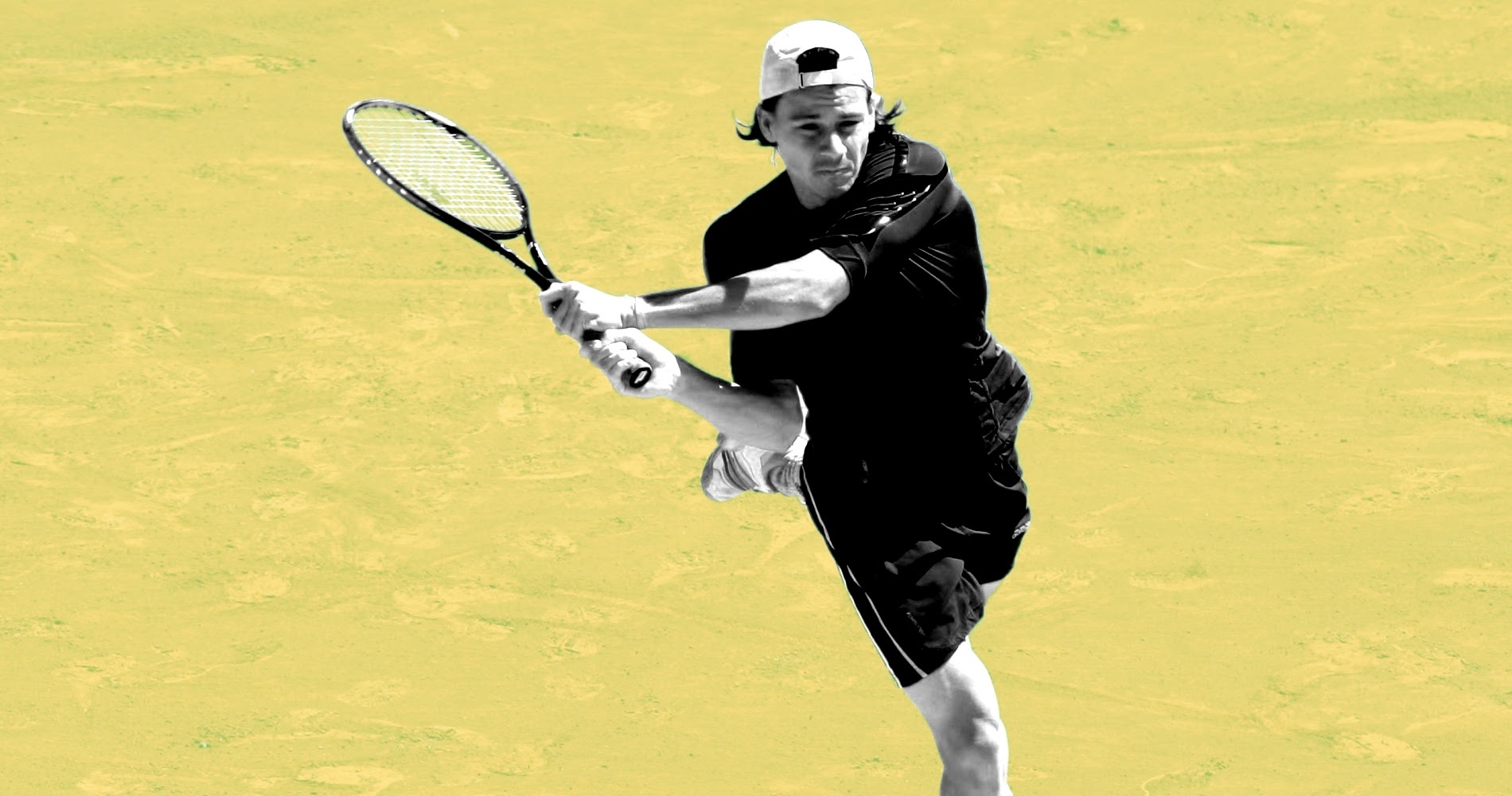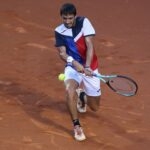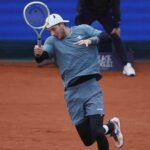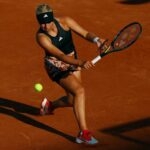December 30, 1977: The day John Lloyd became the first British-born man to reach a Grand Slam final since 1938
John Lloyd made the Australian Open final by downing grass-court specialist Bob Giltinan and only narrowly lost the finale to Vitas Gerulaitis
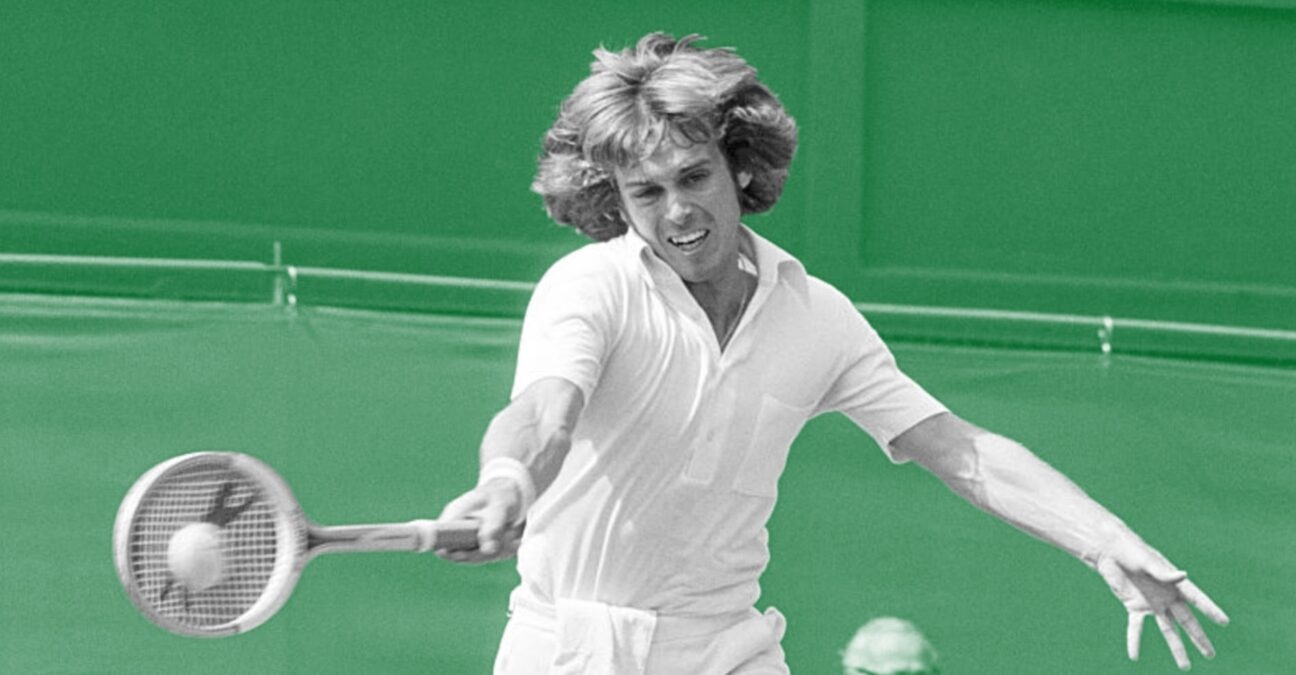 John Lloyd
John Lloyd
What exactly happened on that day?
On this day, December 30, 1977, John Lloyd defeated Bob Giltinan in the Australian Open semi-finals (6-4, 6-2, 6-0) to become the first British-born man to reach a Grand Slam final since Bunny Austin in 1938. Defeated by Vitas Gerulaitis in the final, he would remain the last British man to contest a Grand Slam singles final until Andy Murray at the 2008 US Open, though Greg Rusedski, who switched nationalities from Canada to Britain, made the final of the 1997 US Open.
The players: John Lloyd and Bob Giltinan
- John Lloyd: the British hope ranked No 49 in the world
John Lloyd, born in 1954, followed the path of his older brother, David, who was also a tennis player. Lloyd claimed his first and only singles title in 1974 in Merion, Pennsylvania by defeating John Whitlinger in the final (6-0, 4-6, 6-3, 7-5). Prior to his breakout performance in Australia, his best Grand Slam results were reaching the third round at Wimbledon in 1973 (lost to Vijay Amritraj, 7-5, 6-4, 3-6, 2-6, 7-5) and the US Open in 1976 (lost to Bjorn Borg, 6-3, 6-3). In 1977, John Lloyd had reached two finals on the tour, in Basel and Wembley, each time defeated by Borg in straight sets. At the 1977 Australian Open, he was ranked 49th.
- Bob Giltinan: the Australian outsider who completed National Service with the Army
Bob Giltinan saw his career, which started in the 1960s, interrupted for two years because he completed National Service with the Australian Army during the Vietnam War. A grass-court specialist born in 1949, he claimed his only title in 1970 in Brisbane by defeating Ross Case (6-3, 6-0, 2-6, 6-2). Prior to the 1977 Australian Open, he reached the quarter-finals at the 1973 Australian Open and his best ranking was No 56 in 1974. In the middle of 1977, he was world No 322.
The place: Australian Open, Melbourne
Unlike the other Grand Slams, the Australian Open (first known as the Australasian Championships and, later, the Australian Championships) had moved through the years. In fact, the event switched cities every year before it settled in Melbourne in 1972, and no less than five Australian cities had hosted the event at least three times: Melbourne, Sydney, Adelaide, Brisbane and Perth.
The event was held on grass at the Kooyong Stadium, in a posh suburb of Melbourne. Its dates had changed several times as well, between early December and January, going from being the first Grand Slam of the season to being the last. Until 1982, many of the top players skipped the Australian Open, because of the long travel, inconvenient dates (around Christmas and New Year’s Day) and the low prize money.
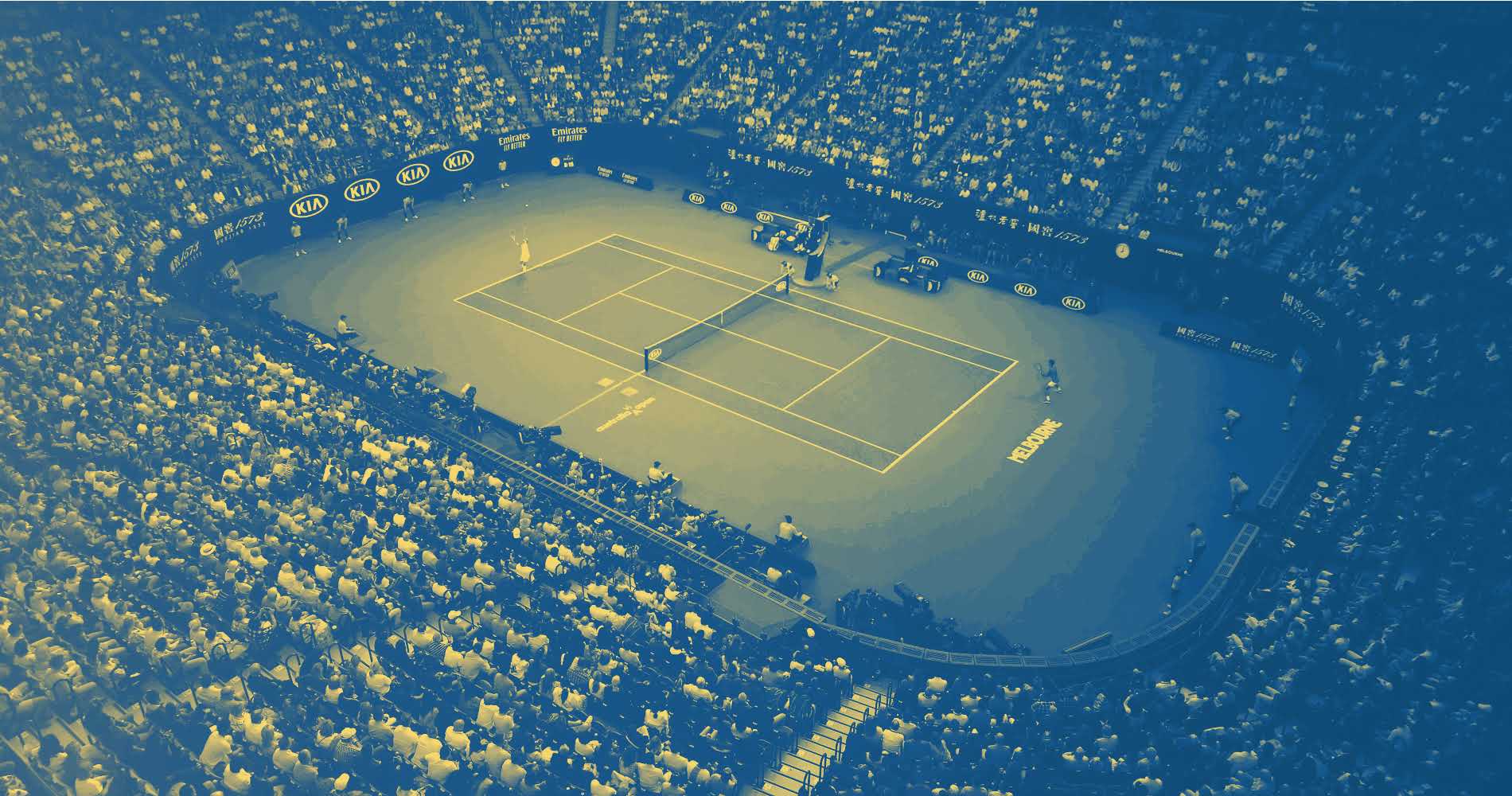
In 1977, in order to attract the best players, the board decided to hold a second tournament earlier in December to avoid the inconvenient dates.
The facts: John Lloyd drops only six games in his semi-final win
The organisers’ bid to please the best players in the world by holding a second event before Christmas didn’t really work out. Bjorn Borg and Jimmy Connors didn’t show up, nor did reigning finalist Guillermo Vilas. The top seeds were Vitas Gerulaitis and Roscoe Tanner, followed by Australian veterans Tony Roche and Ken Rosewall, who was 43 years old.
The players, who did attend, arrived in Melbourne at the end of a series of tournaments in Australia and John Lloyd enjoyed the Australian tour.
“We were here for the whole month,” he would explain in 2010. “You were here. You worked out before you got to Australia and then you had three or four tournaments, they were in Sydney, Adelaide, Brisbane. Sometimes we were here for six weeks. I loved it, we used to spend Christmas here and then you were ready to play on 26 December.”
Tanner became the first defending champion to ever lose in the first round of the Australian Open, going down to 55th-ranked Chris Lewis of New Zealand (3-6, 6-3, 6-2, 1-6, 6-4), while Tony Roche also suffered an early loss.
John Lloyd reached the semi-finals without facing a seeded player, although he beat an Australian legend, John Newcombe, then aged 33, in the quarter-finals (3-6, 6-3, 7-5, 7-5).
His opponent in the final four, Bob Giltinan, was a qualifier who had notably eliminated Lewis in the fourth round (6-3, 6-3, 7-6), before beating Robin Drysdale in the quarter-finals (6-4, 6-4, 3-6, 7-6).
Neither Lloyd nor Giltinan had ever competed in a Grand Slam semi-final. In a tournament full of surprises, Lloyd’s superior ranking showed as he cruised 6-4, 6-2, 6-0. The last British man to reach a Grand Slam singles final prior to this had been Bunny Austin at Wimbledon in 1938.
What next? Lloyd goes down in the final in a five-set battle
In the final, John Lloyd would come back from two-sets-to-love down to push the favourite, Vitas Gerualitis, into a deciding fifth set. Unfortunately for him, exhausted by this effort, he fell in the fifth set, 6-3, 7-6, 5-7, 3-6, 6-2. In singles, he obtained his last notable result at a Grand Slam at the 1985 Australian Open (defeated by Ivan Lendl, 7-6, 6-2, 6-1 in the quarter-finals).
Away from the court, John Lloyd made headlines for tying the knot with Chris Evert, the marriage lasting from 1979 to 1987. He would climb as high as world No 23 in 1978 and won three Grand Slam titles in mixed doubles, partnering Wendy Turnbull. He was later the captain of the British Davis Cup team and has since commentated at Wimbledon. In his retirement, John Lloyd had a health scare, being diagnosed with prostate cancer.
After Greg Rusedski, Andy Murray would reach the US Open final in 2008, losing to Roger Federer, before claiming three Grand Slam titles and reaching the world No 1 ranking in 2016.
Giltinan later went into politics and would receive the Order of Australia for his contributions to society.
